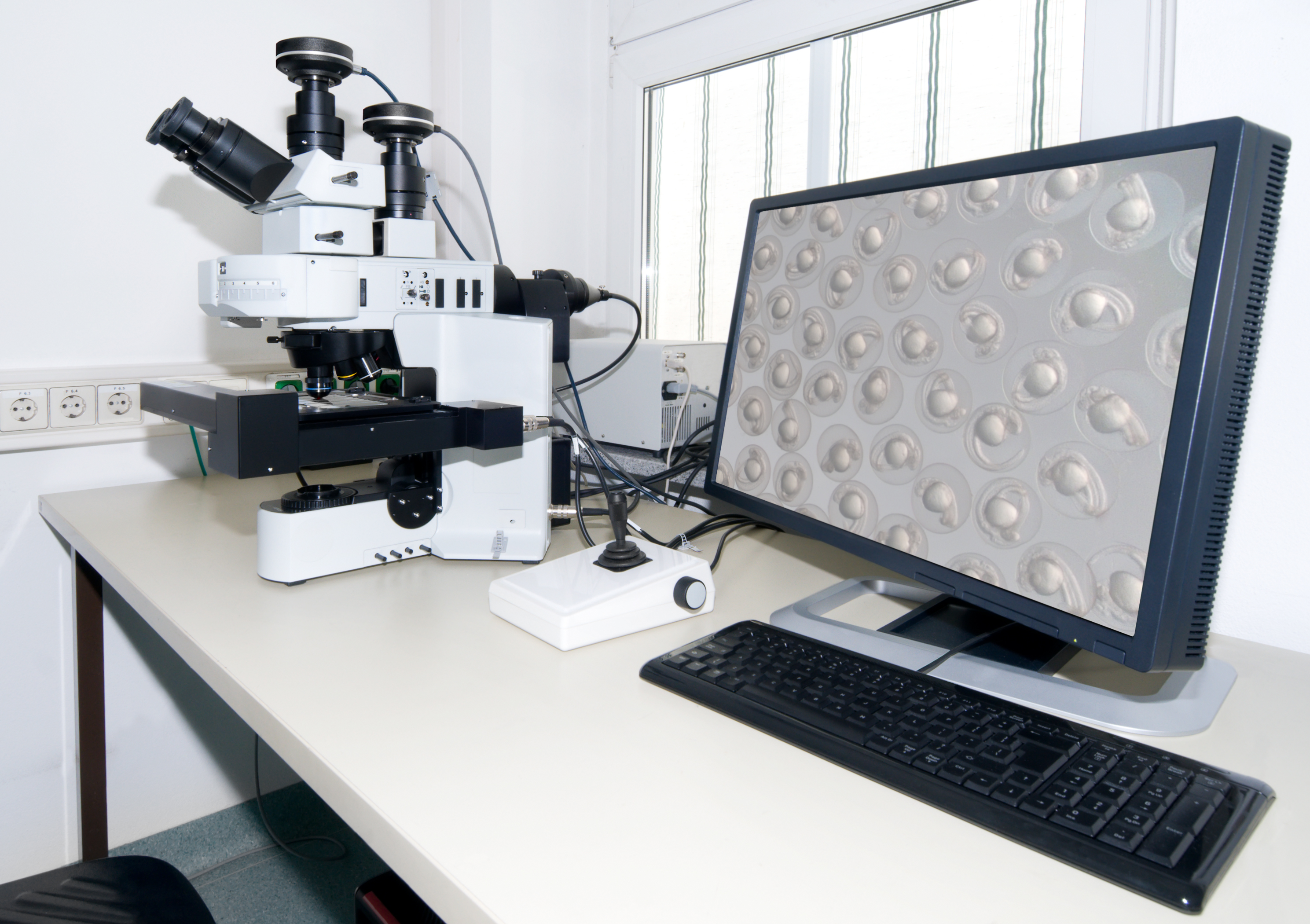Fertility Frontiers: What Is a 'Permitted' Embryo in Law?
By Antony Starza-Allen,
Progress Educational Trust
| 06. 13. 2022
The question of what is a 'permitted embryo' under the legislation governing assisted reproduction in the UK has received increasing scrutiny as technological progress challenges the concept of embryohood. As illustrated at Progress Educational Trust (PET)'s event, 'Fertility Frontiers: What Is a 'Permitted' Embryo in Law?', the answer is not solely concerned with the scope of what is permissible in assisted reproduction but goes to the very core of the UK's legislative approach to emerging reproductive technologies.
Introducing the debate, Sarah Norcross, director of PET, highlighted that while UK fertility law gives confidence and security during scientific change, the definition of an embryo, introduced under the Human Fertilisation and Embryology (HFE) Act 2008, is not fully scientifically aligned. Under the HFE Act 2008, an embryo for use in assisted reproduction must have been created by the fertilisation of an unaltered 'permitted egg' with a 'permitted sperm'. It must have no cells added to it from other sources or have its DNA altered (an exception exists for mitochondrial donation). Recent technological developments have, however, challenged...
Related Articles
Following a long-standing CGS tradition, we present a selection of our favorite Biopolitical Times posts of the past year.
In 2025, we published up to four posts every month, written by 12 authors (staff, consultants and allies), some in collaboration and one simply credited to CGS.
These titles are presented in chronological order, except for three In Memoriam notices, which follow. Many more posts that are worth your time can be found in the archive. Scroll down and “VIEW...
By Jonathan Matthews, GMWatch | 12.11.2025
In our first article in this series, we investigated the dark PR tactics that have accompanied Colossal Bioscience’s de-extinction disinformation campaign, in which transgenic cloned grey wolves have been showcased to the world as resurrected dire wolves – a...
By Jenny Lange, BioNews | 12.01.2025
A UK toddler with a rare genetic condition was the first person to receive a new gene therapy that appears to halt disease progression.
Oliver, now three years old, has Hunter syndrome, an inherited genetic disorder that leads to physical...
By Simar Bajaj, The New York Times | 11.27.2025
A common cold was enough to kill Cora Oakley.
Born in Morristown, N.J., with virtually no immune system, Cora was diagnosed with severe combined immunodeficiency, a rare genetic condition that leaves the body without key white blood cells.
It’s better...




